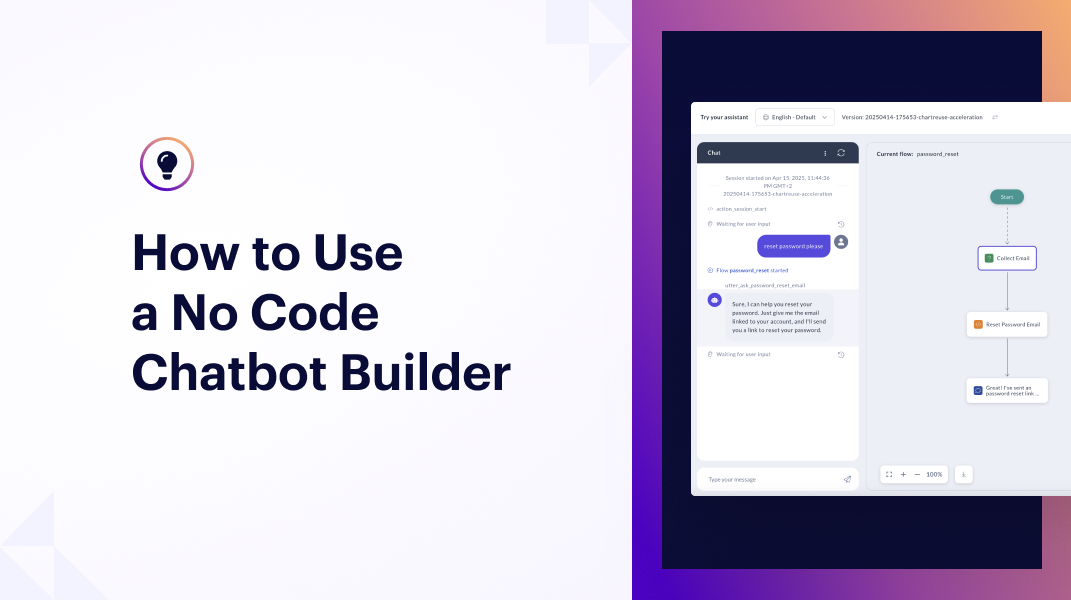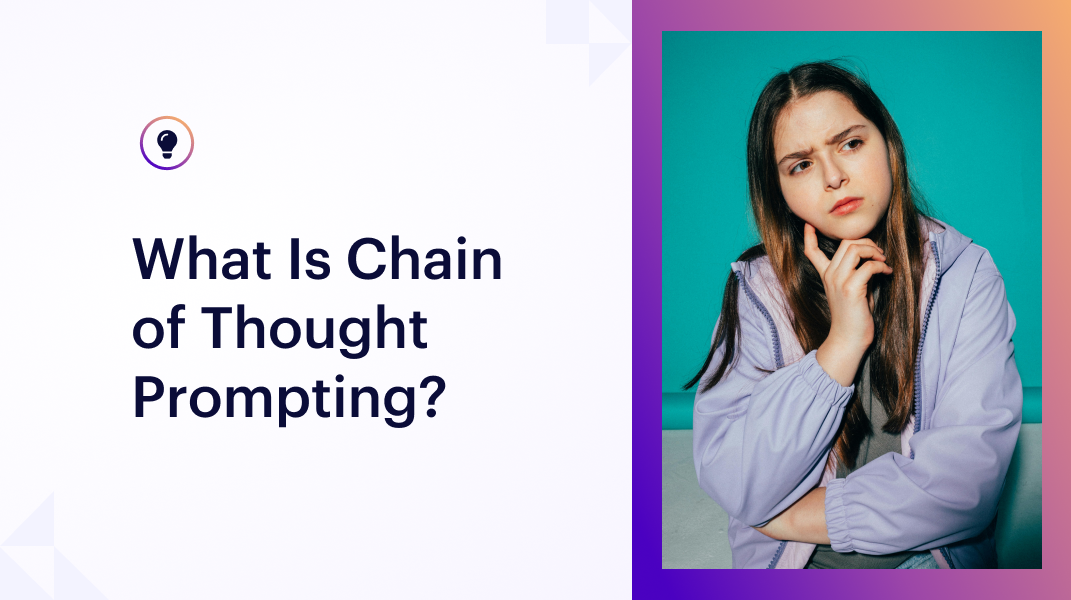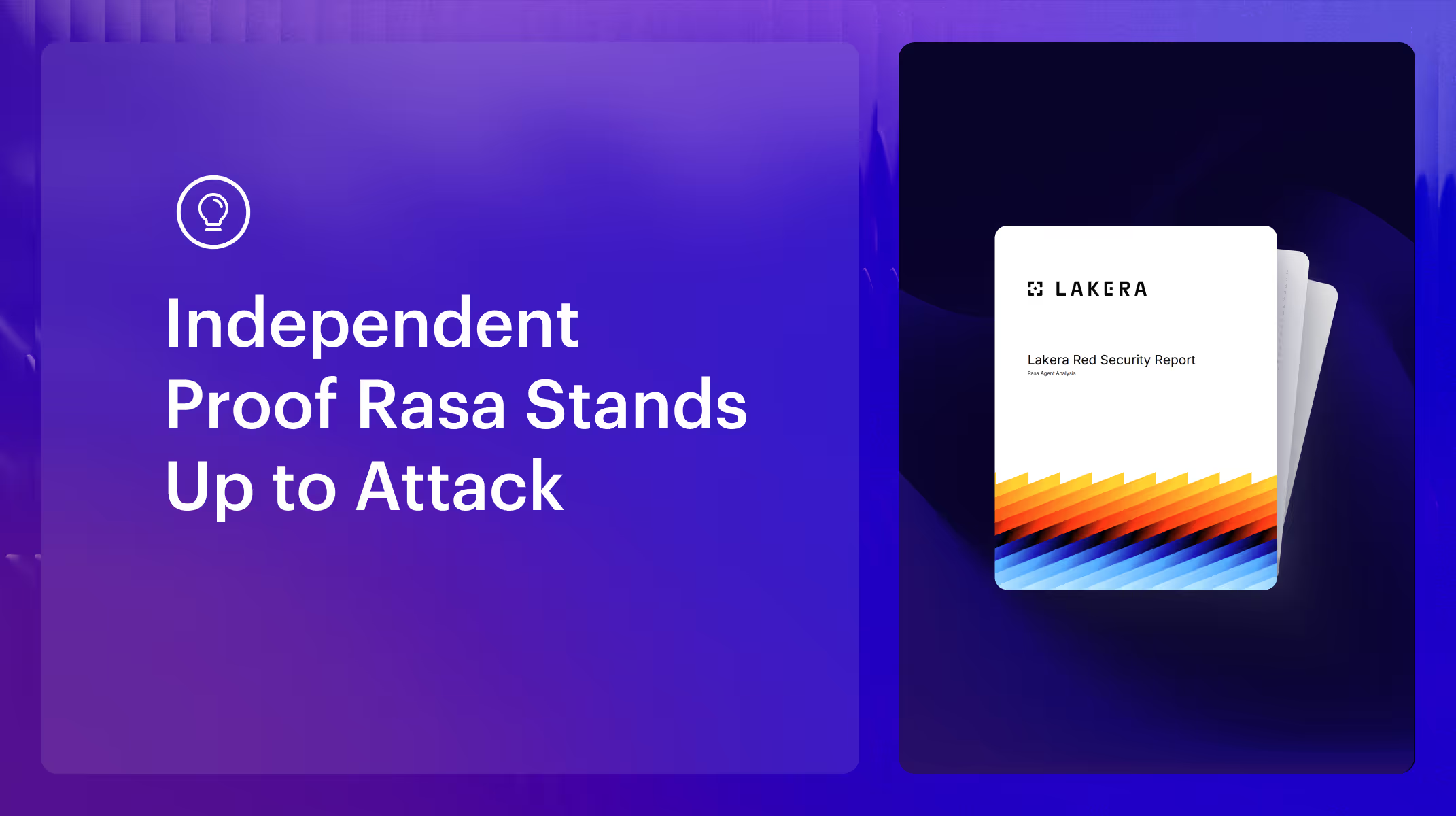TL;DR: No-code chatbot builders help teams deploy chatbots fast without developer support. They’re ideal for structured, predictable tasks like FAQs or scheduling, but teams eventually need a scalable platform. Rasa bridges both worlds with Rasa Studio—a no-code builder backed by enterprise-grade conversational AI.
Digital, customer experience (CX), and operations teams increasingly rely on chatbots to scale communication and reduce repetitive workloads. From websites and social media channels to apps like Facebook Messenger and WhatsApp, chatbots help manage customer interactions in real time. They can also support internal systems like HR portals and knowledge bases, streamlining how employees find information and complete routine tasks.
Building a fully custom, AI-powered chatbot requires technical know-how, time, and significant investment, especially if you want a consistent, natural user experience. The challenge for many non-technical teams is knowing where to start.
No-code chatbot builders close that gap, giving teams the power to build chatbots and launch AI agents fast, without engineering help. With visual workflows and drag-and-drop design, teams can deploy agents quickly, test ideas, and refine them as they grow.
What is a no-code chatbot builder?
A no-code chatbot builder is an application or service that lets organizations create agents without writing code. These platforms include tools like visual workflows, drag-and-drop interfaces, prebuilt modules, and templates, giving non-technical teams the ability to configure chatbots that manage basic internal or CX interactions effectively.
Alternatives include low-code and full-code chatbot development tools. The trade-off is performance versus complexity: low- and full-code solutions offer greater customization and control but require deeper technical expertise and ongoing developer support.
Some platforms, including Rasa, combine the accessibility of no-code tools for business users with the advanced development features technical teams need.
Who are no-code chatbot tools built for?
Three main audiences benefit most from no-code chatbot tools.
- Non-technical digital or marketing teams: These teams, which can be found in organizations sized from small businesses to large enterprises, need quick deployment that doesn’t carry development costs or require ongoing tech support.
- Customer service leads: Leaders use it to automate repetitive interactions, lower costs, and increase scalability while improving customer engagement, without waiting on development cycles.
- Product or CX teams: No-code tools help prototype conversational flows before handing them off to engineers who can build more advanced versions.
In short, no-code tools reduce the barrier to entry for conversational AI technology that enables agents to understand and respond in natural language. They’re ideal for handling simple internal and external interactions, or serving as a sandbox for early-stage experimentation and prototyping.
Examples of what you can build with a no-code chatbot builder
While chatbots created through no-code platforms can’t manage complex conversational flows, simpler chatbot flows are well-suited for common, structured tasks that follow predictable logic.
Here are a few use cases where no-code chatbots tend to excel.
Customer support FAQs
In customer support, businesses often encounter the same questions. Topics like shipping status, return policies, or account basics (such as password resets) all follow a reliable pattern with few exceptions. FAQ flows like these use a simple question-response format, which no-code chatbots can usually handle with ease.
Implementing no-code chatbots for customer support FAQs offers a key benefit: reducing ticket volume (since many customers resolve issues on their own), which streamlines human agent workflows and frees them to focus on more complex or high-value conversations.
Appointment or form-based workflows
No-code platforms can also guide users through structured, form-like interactions rather than open-ended conversations. Tasks such as booking a meeting, scheduling a service, or submitting a request often don’t require human involvement.
A few dropdown fields, date pickers, and conditional logic elements are usually all it takes to build a form-based flow.
Of course, not every task needs a chatbot; some work better as traditional forms. But when customers prefer to chat their way to a result instead of completing a form manually, no-code chatbots handle it well.
While these chatbot flows are easy to set up, they’re not very flexible. If a user gives an unexpected answer or strays from the script, the AI agent may struggle to respond appropriately.
Lead qualification and routing
Some businesses use no-code chatbot tools to ask a series of preset questions that qualify leads and route them to the right destination.
For example, a chatbot might collect details such as:
- Budget range
- Company size
- Role
- Product interest level
This is a common use case for marketing and sales teams, where speed is critical. A lead-routing chatbot can move prospects automatically, optimize handoffs between teams, and reduce dependency on engineering resources or outside vendors.
Basic internal helpdesk tools
Teams can also use no-code chatbot builders to create internal-facing AI agents for workplace support functions. An HR or IT helpdesk agent can guide employees through common tasks, like finding policies or checking PTO balances. As long as the flows are predictable, no-code may be enough.
Even simple systems can reduce manual back-and-forth and help employees find answers to routine questions quickly and with minimal effort.
However, no-code systems have limits. To manage complex employee requests that fall outside predefined flows, organizations may need a more flexible hybrid or low-code system.
How to get started with a no-code chatbot builder
No-code chatbot builders are technically forgiving with no coding skills required. But that doesn’t mean success is automatic. These systems still require planning, testing, and a clear roadmap from the start.
Here are a few steps to guide your team:
- Identify clear use cases: Start with a repetitive or structured scenario, such as password reset help or return policy questions.
- Choose a platform with integration potential: Enable future growth by investing in a platform that integrates well with other tools, such as customer relationship management (CRM) systems, enterprise resource planning (ERP) software, or knowledge bases. Select platforms that can evolve with your needs, not just provide a front-end UI.
- Prototype one agent and test internally: Start small, refine quickly, and validate results before scaling.
- Set up collaboration with technical teams: When implementing an enterprise chatbot platform, make sure your system includes APIs and webhooks so developers can extend its functionality and support scale.
One more tip: No-code can be a great starting point, but it may not be your final destination. As you move beyond your minimum viable product (MVP), plan for what comes next so you don’t outgrow an underpowered platform.
From no-code chatbots to AI agents: What’s next?
No-code chatbots make it easy to get started quickly, but scalability is where most teams hit a wall. As needs evolve, conversations get more complex, and simple flows can’t keep up. The next step is moving from rule-based automation to AI agents that understand intent, context, and nuance.
AI agents represent the next evolution of enterprise chatbot solutions. More than just AI chatbots, these agents combine advanced technologies like natural language processing (NLP) and natural language understanding (NLU) to follow multi-turn dialogue, respond dynamically, and make decisions based on context. They integrate deeply with enterprise systems, providing the reach and scalability that traditional no-code platforms can’t offer.
Rasa is an enterprise conversational AI platform that brings all of this together, offering a wide range of capabilities, from powerful no-code tools to scalable AI agents, all within one unified platform. It’s ideal for businesses that want to explore no-code without getting locked into a system that can’t scale, or for those ready to move beyond current limitations.
Where no-code meets next-level AI
Rasa takes a unique approach that meets teams wherever they are in their conversational AI journey. It starts with Rasa Studio, a no-code platform designed for low-effort setup. Built on the same enterprise-grade conversational AI core that powers the full platform, Rasa Studio combines the ease of no-code design with the flexibility and depth of an enterprise solution. Explore Rasa Studio now.
But Rasa is far more than a no-code tool—it’s a complete platform built for collaboration and growth. Non-technical teams can design and launch agents in Rasa Studio, then hand them off seamlessly to developers for deeper customization and integration. This shared environment keeps projects moving without forcing teams to start over when their needs evolve.
That flexibility becomes even more important as organizations scale. No one can predict the future with precision, which is why Rasa prioritizes long-term control and adaptability. No-code may be the right starting point, but midsized and enterprise businesses often need to expand quickly beyond it.
Unlike black-box, cloud-only platforms, Rasa can also be deployed on-premise if preferred. The platform is large language model (LLM) agnostic, meaning you can integrate whichever LLM you choose—such as OpenAI’s ChatGPT, Google’s Gemini, or other specialized AI models—without significant effort.
Finally, Rasa provides true extensibility, empowering businesses to build what they need rather than locking them into predefined workflows or vendor limits.
Start simple and grow confidently with Rasa
With Rasa, teams can start fast and scale on their own terms. Rasa Studio combines the simplicity of a user-friendly no-code chatbot builder with the power of a unified conversational AI platform—giving teams room to experiment today and the foundation to innovate tomorrow. As agents grow more sophisticated, the same platform powers advanced automation, collaboration, and long-term scalability.
Set your team up for long-term success. Connect with Rasa today and explore how conversational AI can scale intelligently with your business.





